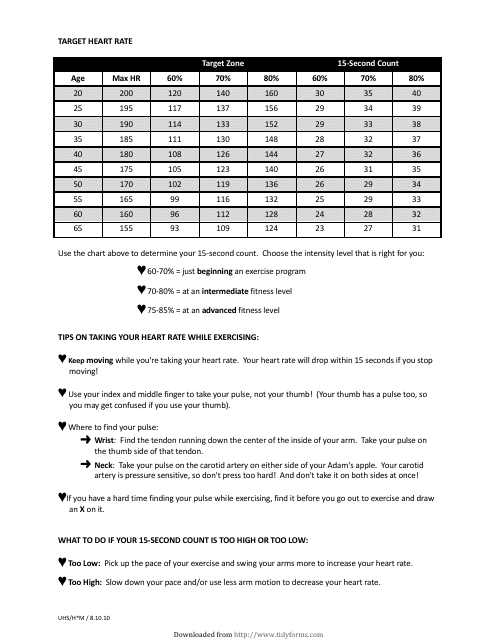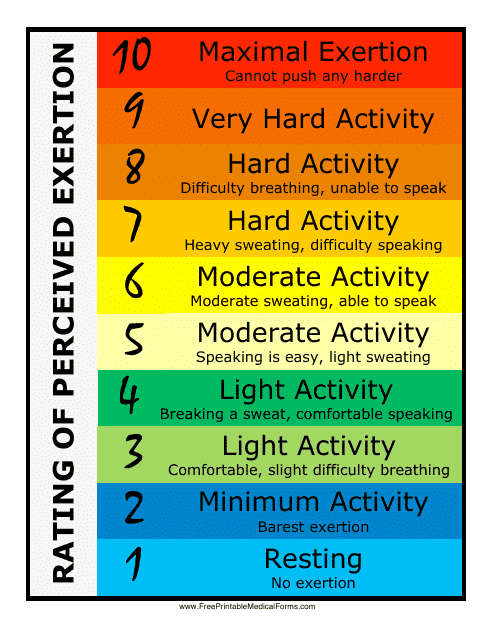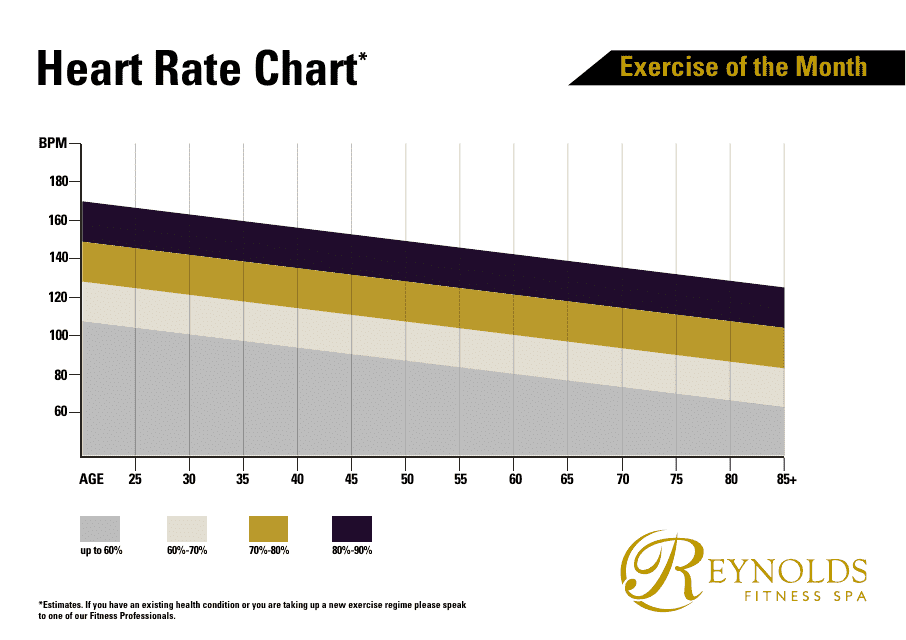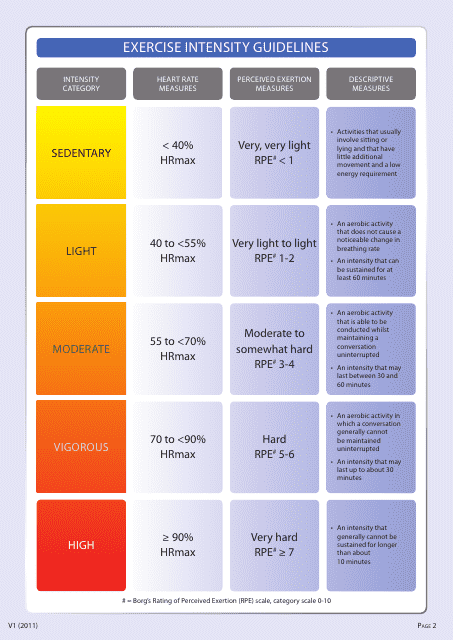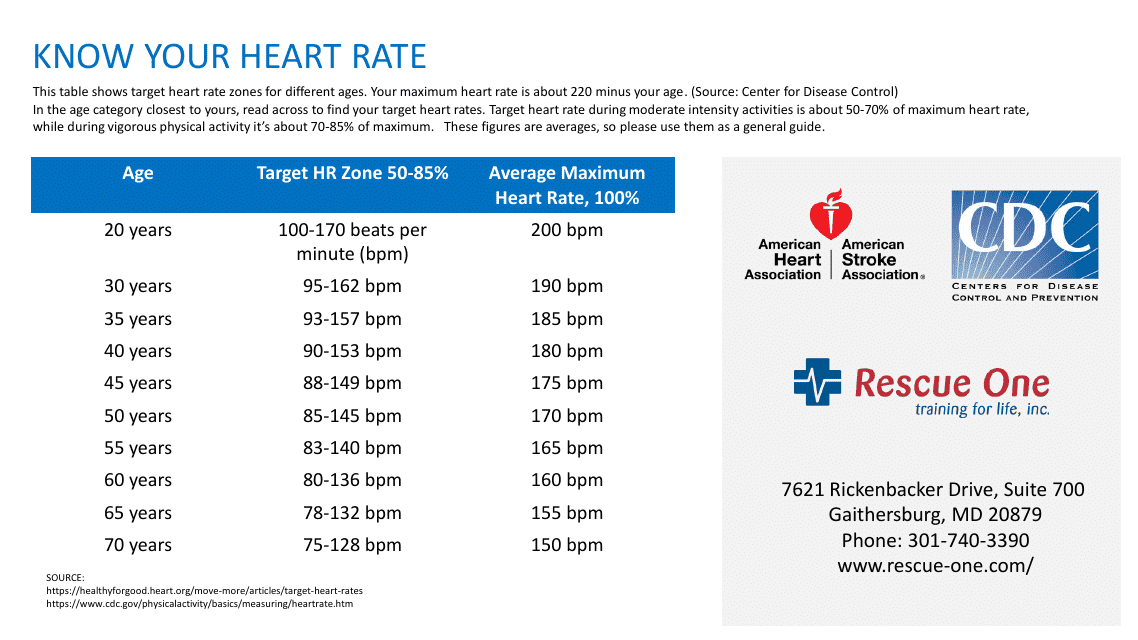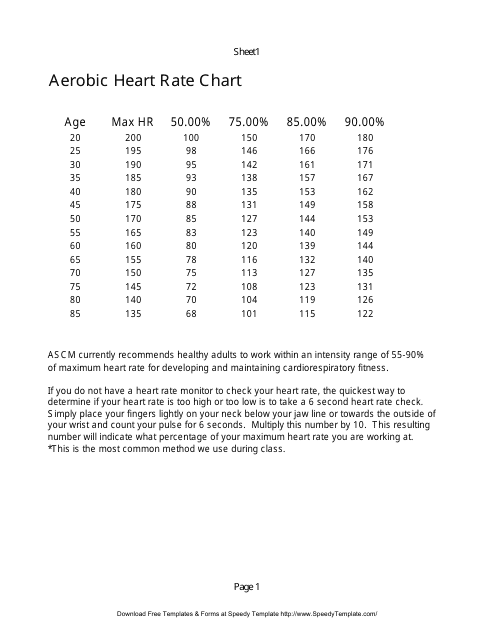Exercise Intensity Templates
Looking to optimize your workouts and get the most out of your exercise routine? Understanding exercise intensity is key. Whether you're a beginner or a seasoned athlete, finding the right level of intensity for your workouts can help you achieve your fitness goals and improve overall health and well-being.
Exercise intensity refers to the level at which your body is working during physical activity. It can be measured in various ways, including heart rate, perceived exertion, and metabolic equivalent of task (MET). By gauging and controlling exercise intensity, you can ensure that you're challenging your body enough to make progress without overexerting yourself.
One important tool for monitoring exercise intensity is a target heart rate chart. This chart helps you determine your ideal heart rate range during exercise based on factors such as age, fitness level, and goals. By staying within this range, you can ensure that you're working at an intensity that is effective and safe for you.
Another useful resource is the perceived exertion scale chart, also known as the Borg Rating. This chart provides a subjective measure of how hard you feel your body is working during exercise. It assigns a numerical value to your perceived level of exertion, helping you gauge the intensity of your workout, even if you don't have access to heart rate monitoring equipment.
The CDC heart rate table is another valuable resource for determining exercise intensity. This table provides guidelines for target heart rate zones based on age and fitness level. By referring to this table, you can ensure that you're exercising at an intensity that aligns with your health and fitness goals.
Understanding exercise intensity is crucial for maximizing the benefits of physical activity and avoiding injury. Whether you prefer to track your heart rate, rely on your perceived exertion, or refer to established guidelines, having access to resources such as target heart rate charts, perceived exertion scale charts, and heart rate tables can help you make informed decisions about the intensity of your workouts. So, whether you're a casual exerciser or an avid fitness enthusiast, take the time to understand and monitor exercise intensity to optimize your workouts and achieve the results you desire.
Documents:
9
This chart provides target heart rates for different age groups during exercise to help optimize cardiovascular fitness.
This document provides a chart to help determine the level of exertion during physical activity.
This document provides a heart rate chart, which is a useful tool to monitor and track your heart rate during different activities and exercise.
This document provides a chart to help determine your target heart rate zone during exercise. It helps you stay in the optimal range for improving cardiovascular fitness.
This document provides an exercise intensity chart that helps individuals determine the level of intensity for different types of workouts.
This document provides a chart for the Perceived Exertion Scale, also known as the Borg Rating Scale. It helps individuals measure and communicate their exercise intensity levels.
This document provides a table from the CDC that shows the recommended heart rate zones for different age groups during physical activity.
This document provides a chart that helps you determine your target heart rate when doing aerobic exercise.
This document provides a chart that shows the different heart rate zones based on age and exercise intensity. It can help individuals monitor their heart rate during workouts and ensure they are exercising at an appropriate level.

